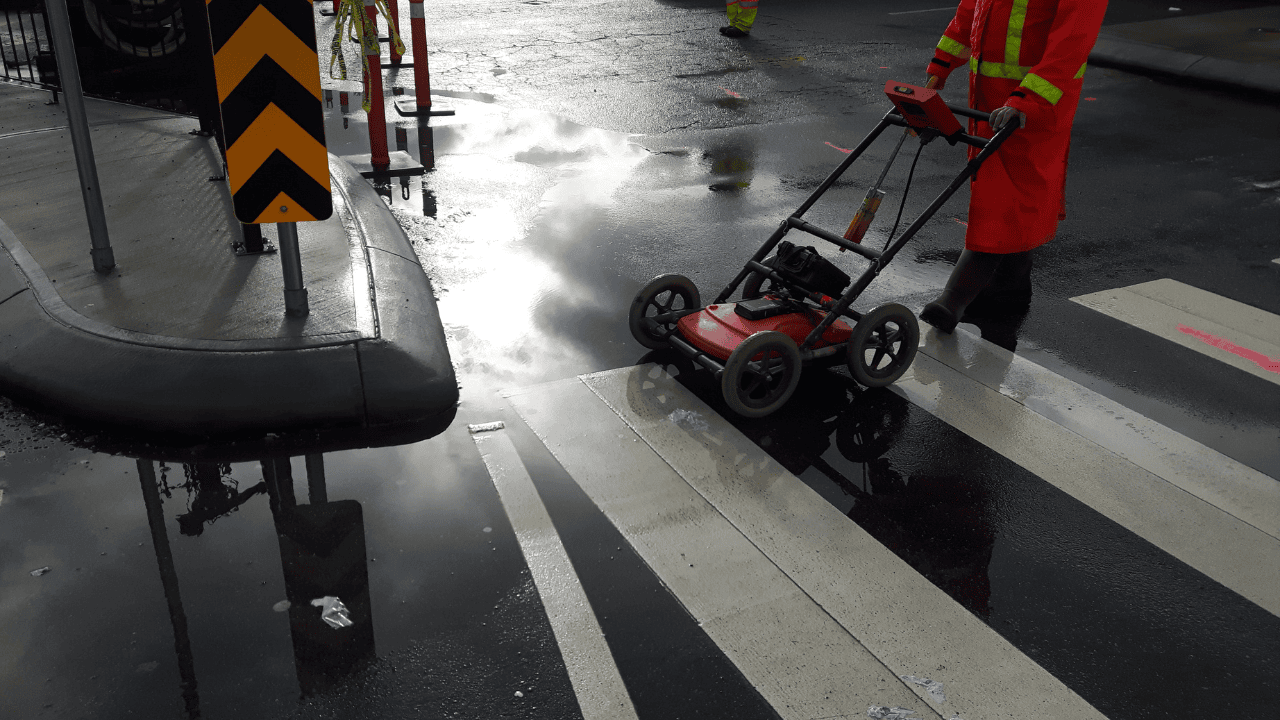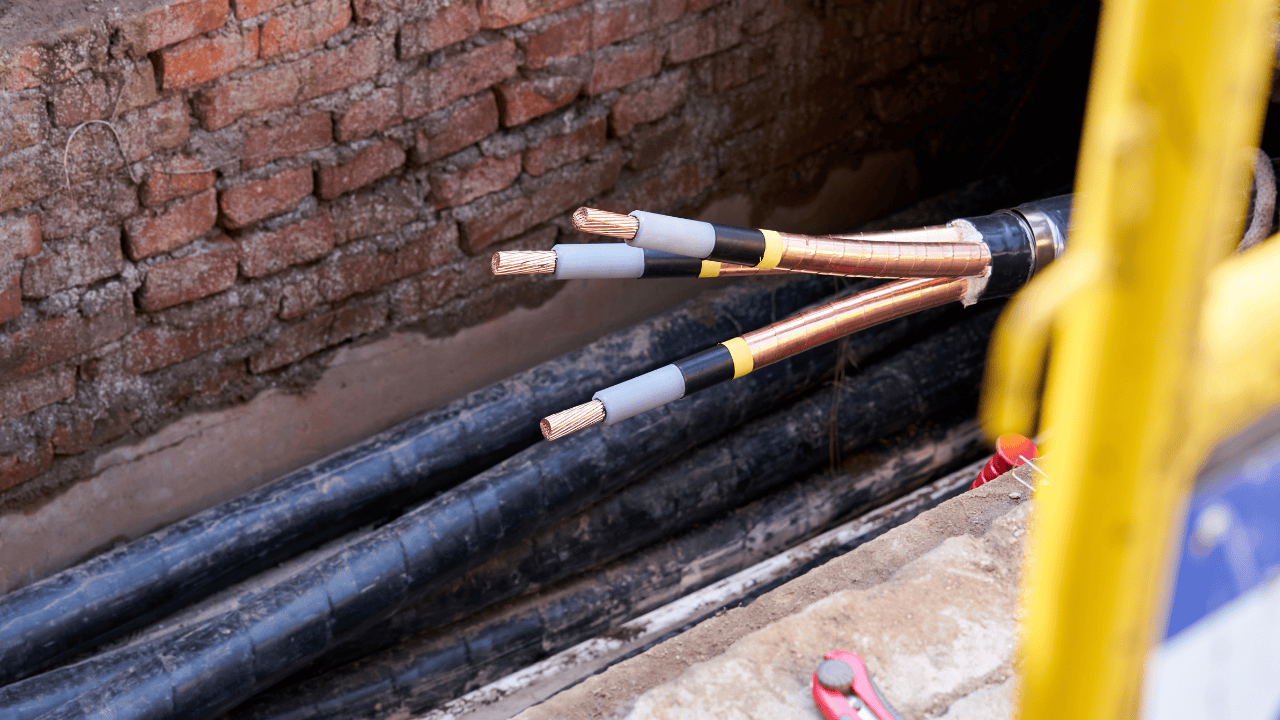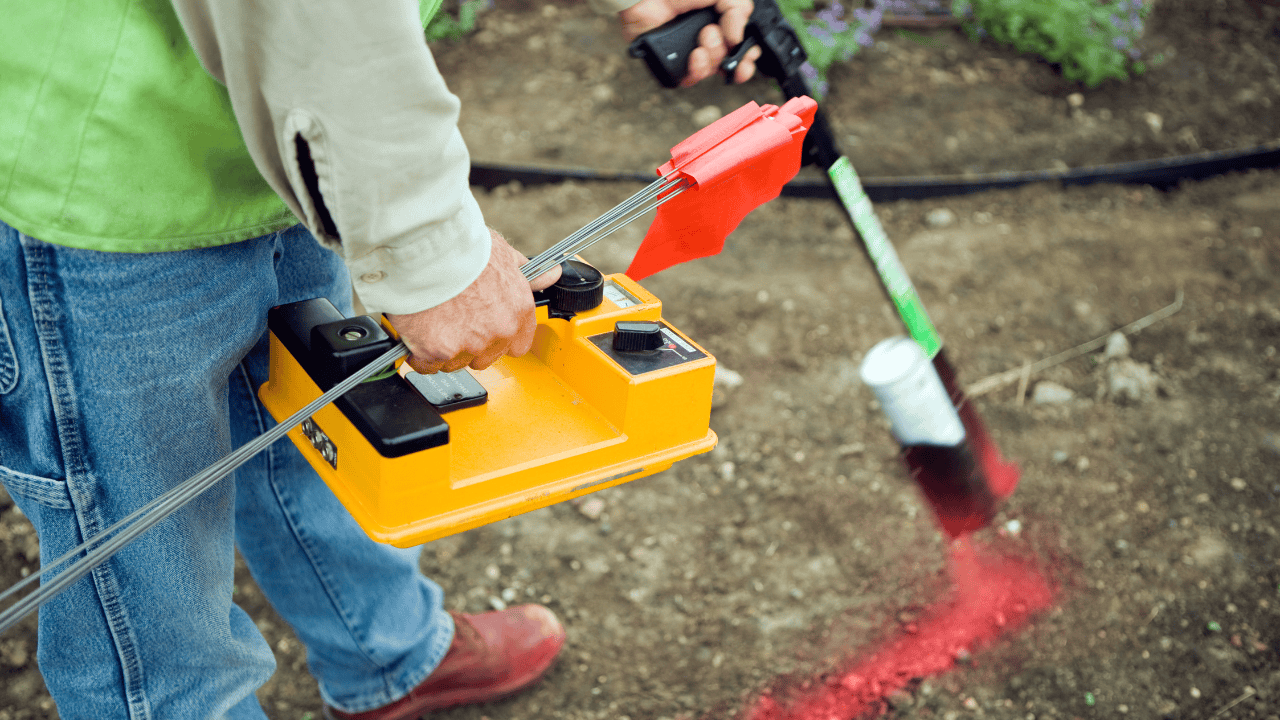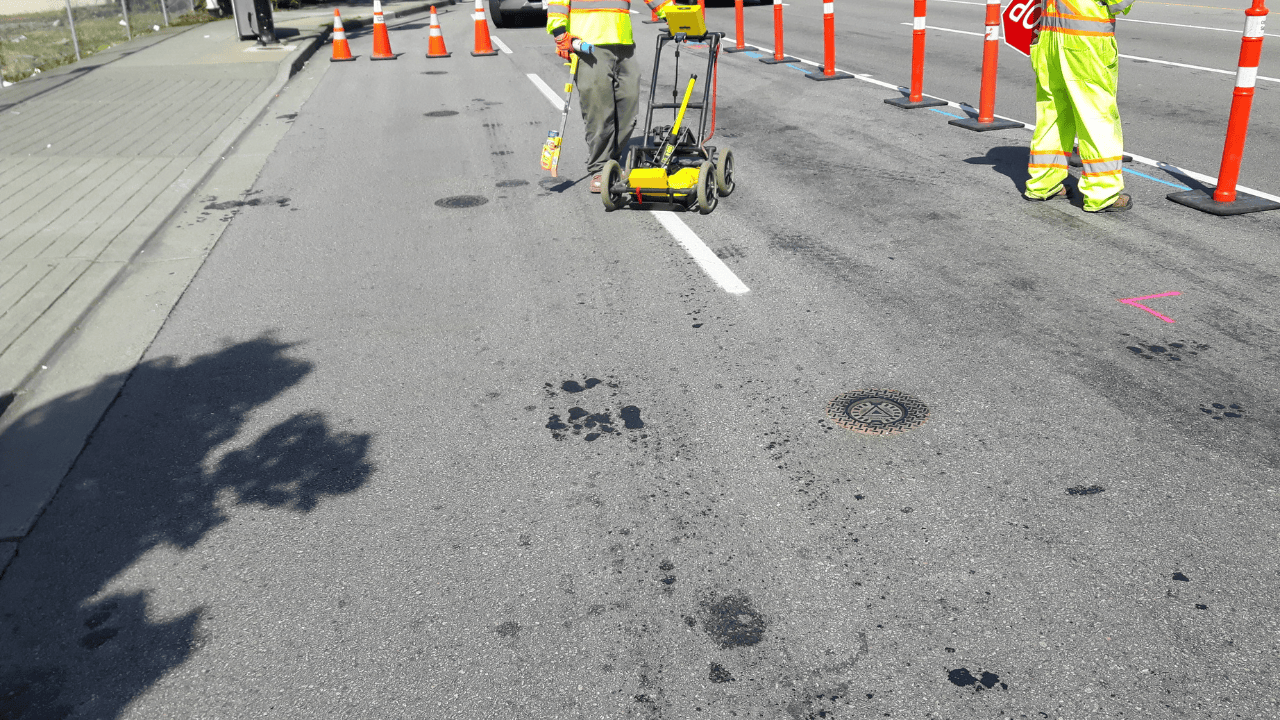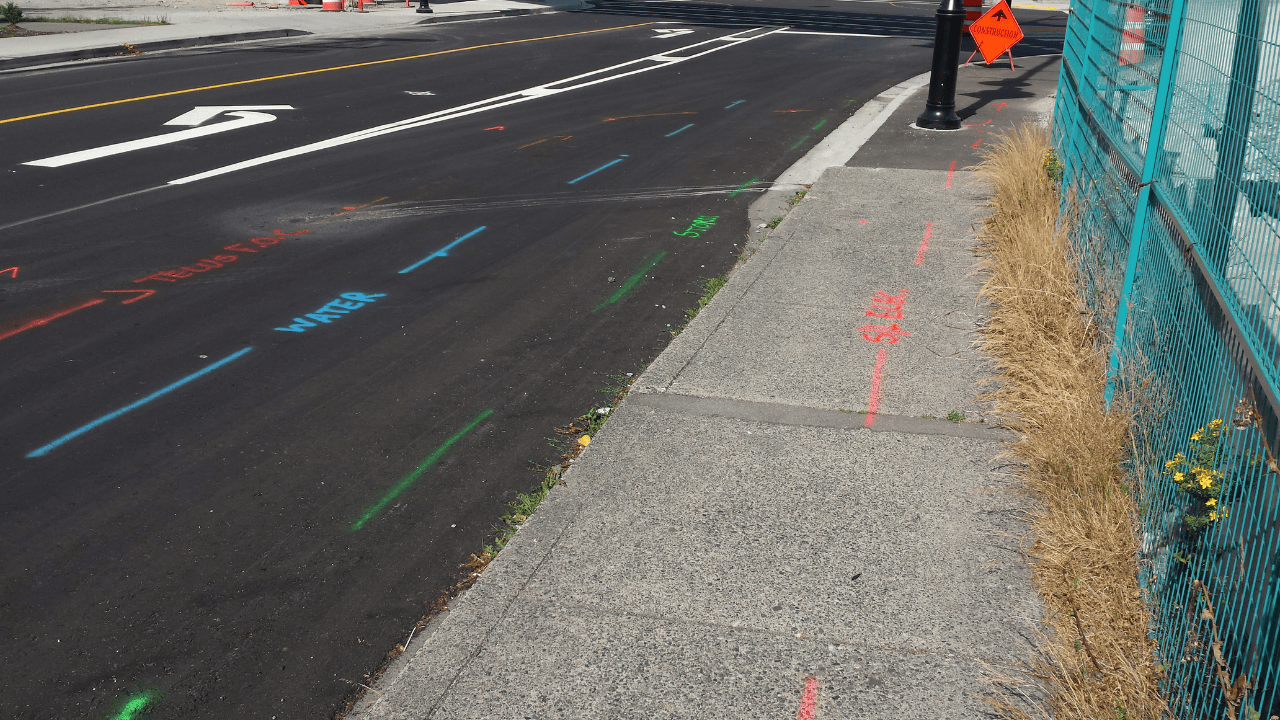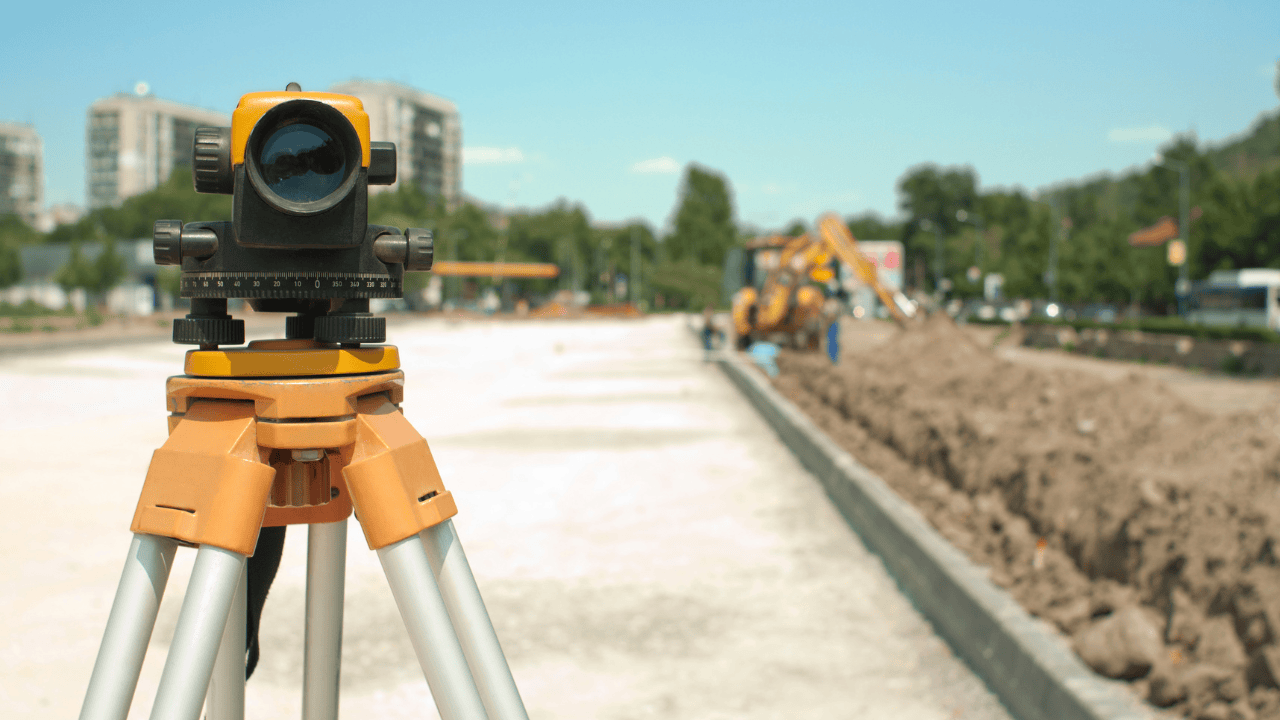Key Takeaways:
- Utility locating accuracy is influenced by various factors, including soil conditions, utility depth, interference, and equipment.
- Strategies for improving accuracy include using multiple technologies, investing in advanced equipment, and training operators.P
- rofessional utility locating services can provide expertise, advanced tools, and ensure compliance with regulations.
- Accurate utility location is crucial for preventing accidents, minimizing costs, and ensuring project success.
- Choose a reputable utility locating service like Util-Locate for reliable and precise results.
In the complex world of underground infrastructure, precision is paramount. The accuracy of utility locating tools plays a crucial role in ensuring the safety of workers, protecting vital underground assets, and maintaining the smooth flow of construction and maintenance projects.
As our cities grow and evolve, the network of underground utilities becomes increasingly intricate, making the task of accurate utility location more challenging than ever before.
What is Utility Locating?
Utility locating is an essential process that involves identifying and mapping underground infrastructure such as water pipes, gas lines, electrical cables, and telecommunication networks. The accuracy of this process can mean the difference between a successful project and a potentially dangerous and costly mistake. However, several factors can affect the precision of utility locating tools, potentially leading to inaccurate results.
In this comprehensive guide, we’ll explore the various elements that can impact the accuracy of utility locating tools, discuss strategies for improving locate precision, and highlight the importance of professional utility locating services. Whether you’re a contractor, project manager, or property owner in California or beyond, understanding these factors is crucial for ensuring the safety and success of your projects.
What Factors Can Make Locating Less Accurate?
Several elements can compromise the accuracy of utility locating tools. Let’s delve into some of the most significant factors:
1. Soil Conditions
The composition and moisture content of the soil can significantly affect the performance of utility locating equipment. For instance:
- Clay soils can attenuate electromagnetic signals, reducing the depth of penetration.
- Sandy soils may cause signal scattering, leading to less precise readings.
- High moisture content can interfere with ground-penetrating radar (GPR) signals.
Understanding the soil conditions at your site is crucial for selecting the most appropriate locating technique and interpreting results accurately.
2. Depth of Utilities
As utilities are buried deeper, locating them becomes more challenging. This is because:
- Electromagnetic signals weaken as they travel through more material.
- GPR signals may not penetrate to sufficient depths in certain soil conditions.
- The accuracy of depth estimates decreases with increasing depth.
Professional utility locators use various techniques and tools to overcome depth-related challenges and provide more accurate results.
3. Interference from Other Utilities
In urban environments, underground utilities often run parallel or cross each other, creating interference that can affect locating accuracy. This interference can lead to:
- False positive signals
- Difficulty in distinguishing between different utilities
- Inaccurate depth estimates
Experienced utility locators use advanced techniques and equipment to differentiate between various utilities and minimize interference-related errors.
4. Material of the Utility
The material composition of the utility itself can impact the effectiveness of locating tools:
- Metallic pipes and cables are generally easier to locate using electromagnetic methods.
- Non-metallic utilities, such as PVC pipes, require different locating techniques like GPR.
- Composite materials may respond differently to various locating methods.
A comprehensive utility locating service will employ a range of tools and techniques to account for different utility materials.
5. Age and Condition of Utilities
Older utilities or those in poor condition can pose unique challenges:
- Corroded metal pipes may not conduct electromagnetic signals effectively.
- Damaged utilities may create discontinuities in signal transmission.
- Abandoned or decommissioned utilities can lead to confusion and false readings.
Historical knowledge and advanced imaging techniques are often necessary to accurately locate and assess older or deteriorated utilities.
6. Environmental Factors
Various environmental conditions can affect the accuracy of utility locating tools:
- Electromagnetic interference from power lines or radio transmitters
- Vibrations from nearby construction or traffic
- Extreme temperatures affecting equipment performance
Professional utility locators are trained to recognize and mitigate these environmental influences for more accurate results.
Improving Accurate and On-time Locates
Despite these challenges, there are several strategies that can significantly improve the accuracy and timeliness of utility locates:
1. Utilize Multiple Locating Technologies
No single technology is perfect for all situations. By combining different locating methods, such as electromagnetic locators, GPR, and acoustic detection, utility locators can cross-verify results and achieve higher accuracy.
2. Invest in Advanced Equipment
The field of utility locating is constantly evolving, with new technologies emerging to address various challenges. Investing in state-of-the-art equipment can significantly improve locate accuracy and efficiency.
3. Comprehensive Training for Locators
The skill and experience of the operator are just as important as the equipment used. Ongoing training ensures that utility locators stay up-to-date with the latest techniques and technologies.
4. Utilize Historical Data and Records
While not always completely accurate, historical utility records can provide valuable context and serve as a starting point for locating efforts. Integrating this information with real-time data can lead to more precise locates.
5. Implement Quality Control Measures
Establishing rigorous quality control procedures, including regular equipment calibration and peer reviews of locate results, can help maintain high standards of accuracy.
6. Leverage GIS and Mapping Technologies
Geographic Information Systems (GIS) and advanced mapping technologies can help create more accurate and detailed utility maps, improving the overall effectiveness of utility locating efforts.
Call Util-Locate to Streamline Your Underground Utility Locating
When it comes to underground utility locating, especially in complex environments like California, partnering with a professional utility location service is essential. Util-Locate offers comprehensive utility locating services that leverage cutting-edge technology and decades of expertise to ensure the most accurate and reliable results.
By choosing Util-Locate, you benefit from:
- A team of highly trained and experienced utility locators
- Access to the latest utility locating technologies and techniques
- Comprehensive understanding of local regulations and best practices
- Customized solutions tailored to your specific project needs
- Timely and efficient service to keep your project on schedule
Don’t let inaccurate utility locations jeopardize the safety and success of your project. Trust the experts at Util-Locate to provide precise, reliable utility location information.
Unearth Certainty with Util-Locate for Pinpoint Accuracy
The accuracy of utility locating tools is influenced by a myriad of factors, from soil conditions and utility depth to environmental interference and the skills of the operator. Understanding these factors is crucial for anyone involved in projects that require underground excavation or construction.
Don’t leave the safety of your project and workers to chance. Contact Util-Locate today to learn how our comprehensive utility locating services can safeguard your project, ensure compliance with regulations, and provide peace of mind. Let us help you navigate the underground landscape with precision and confidence. Your project’s success starts with accurate utility location—trust Util-Locate to light the way.

